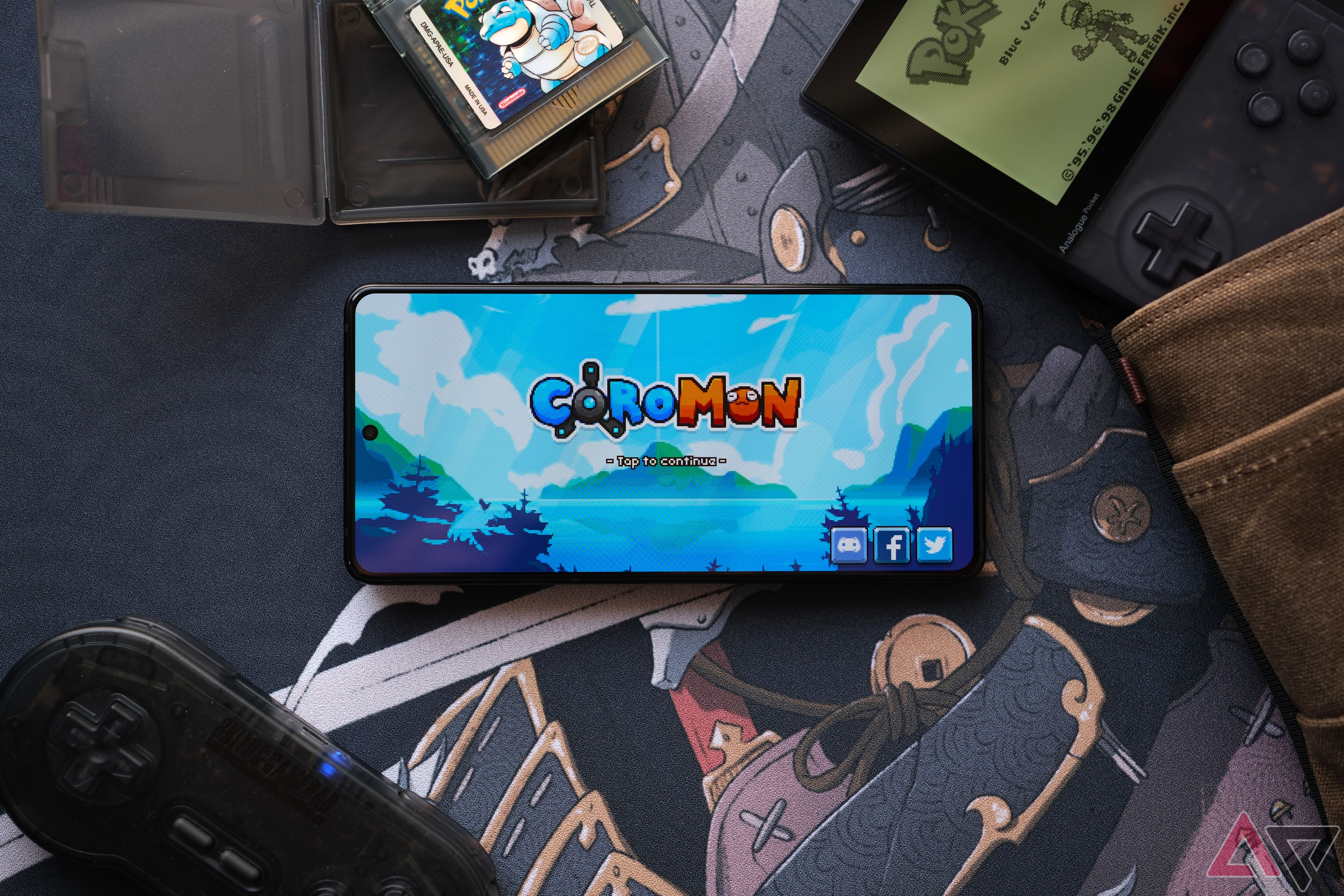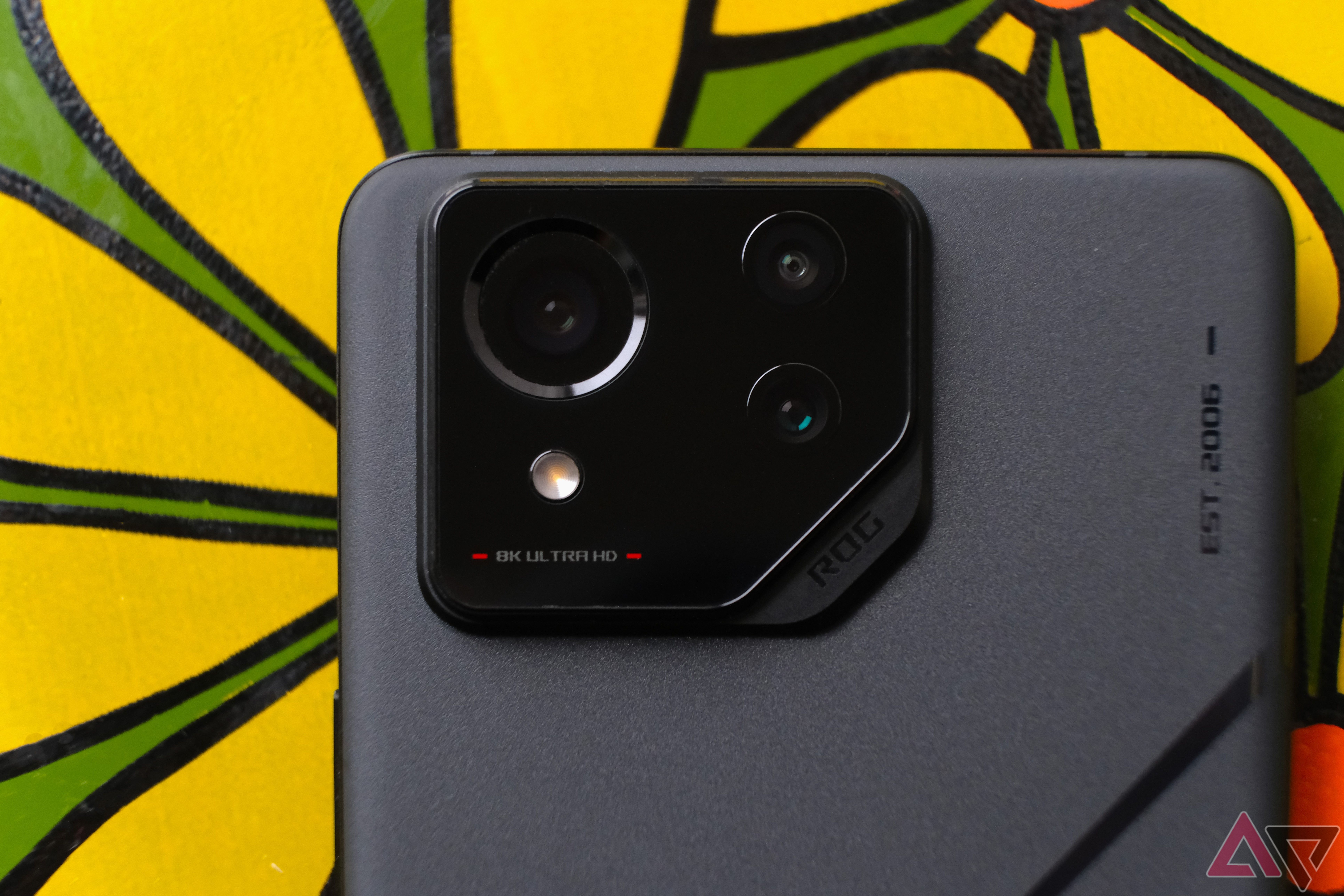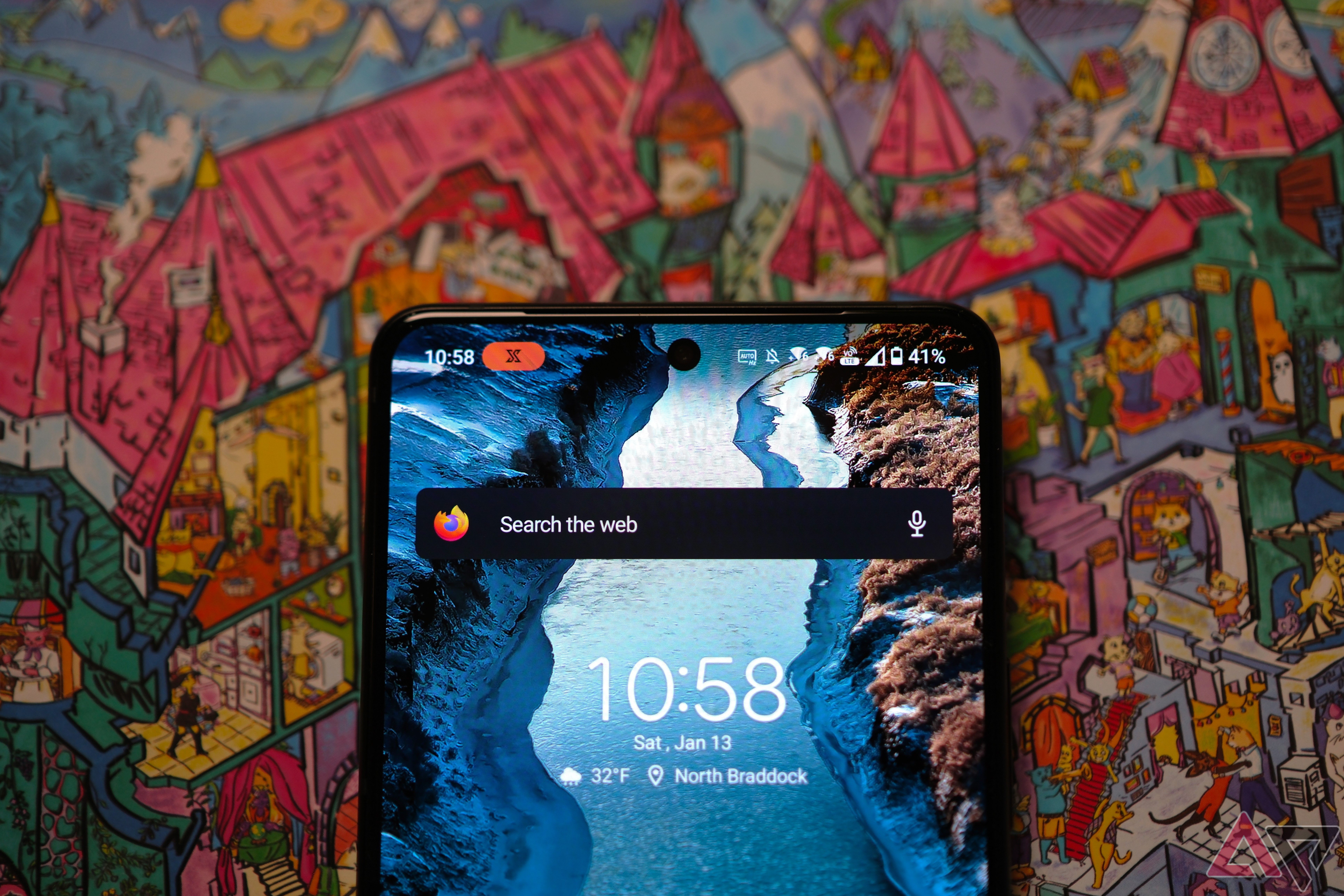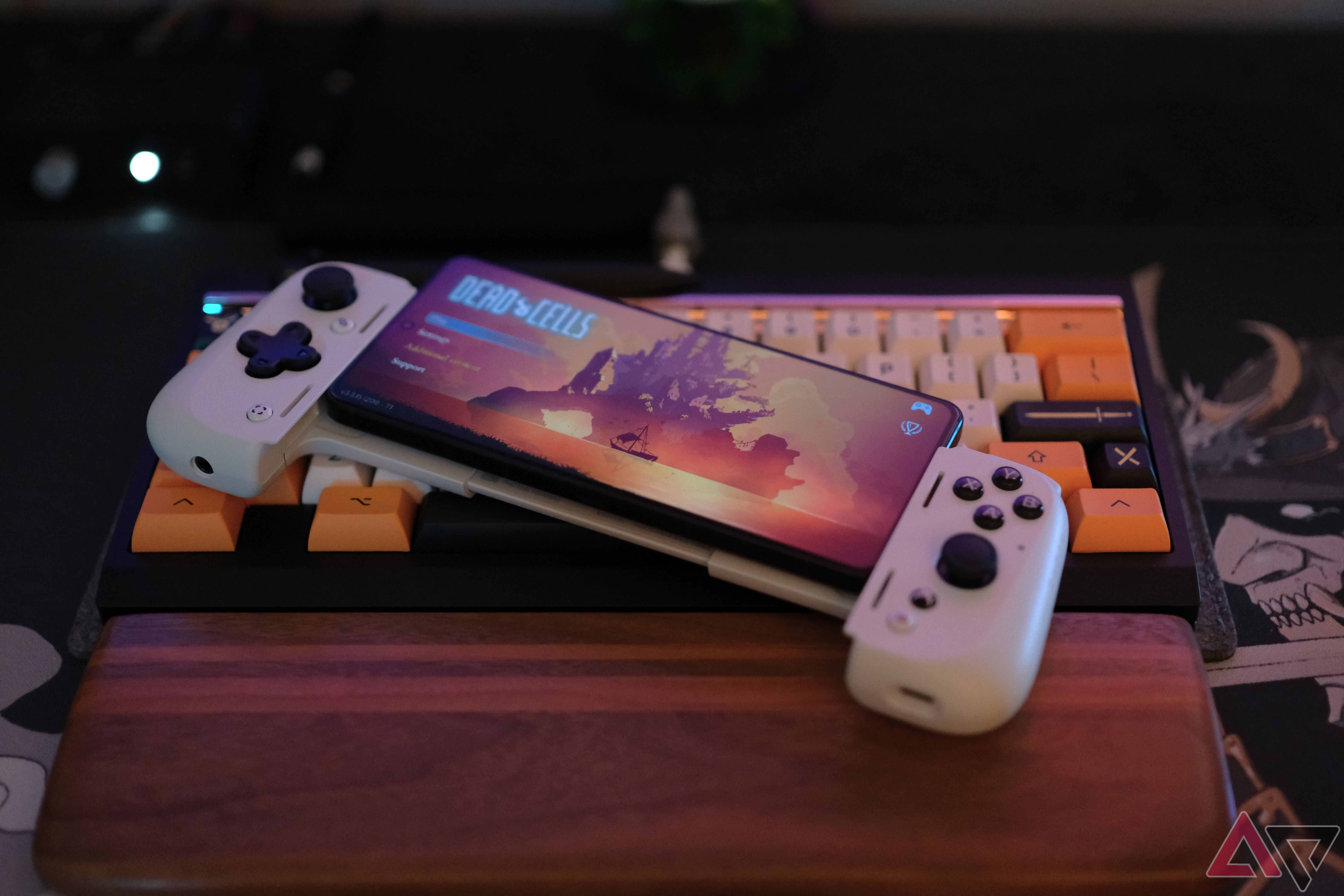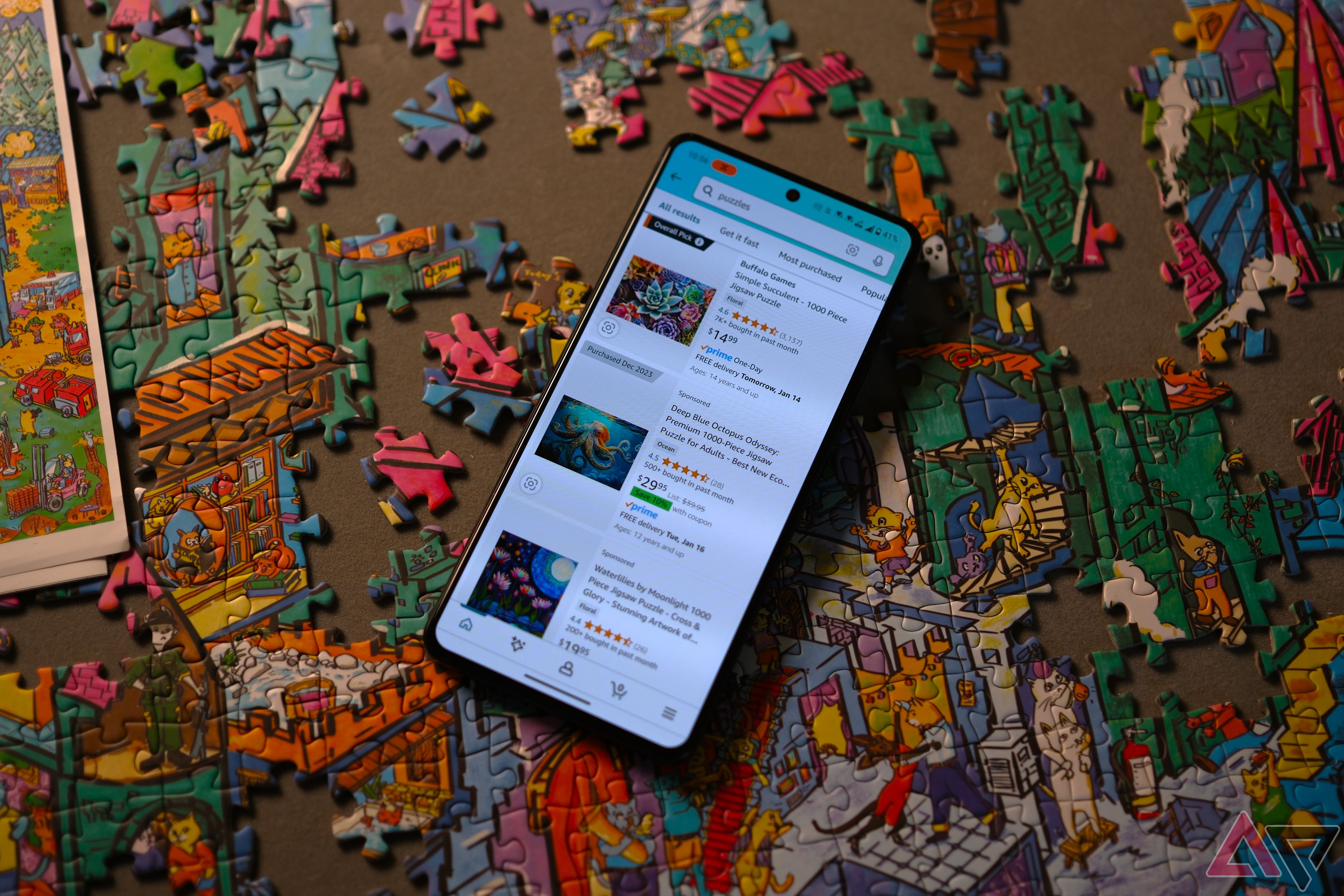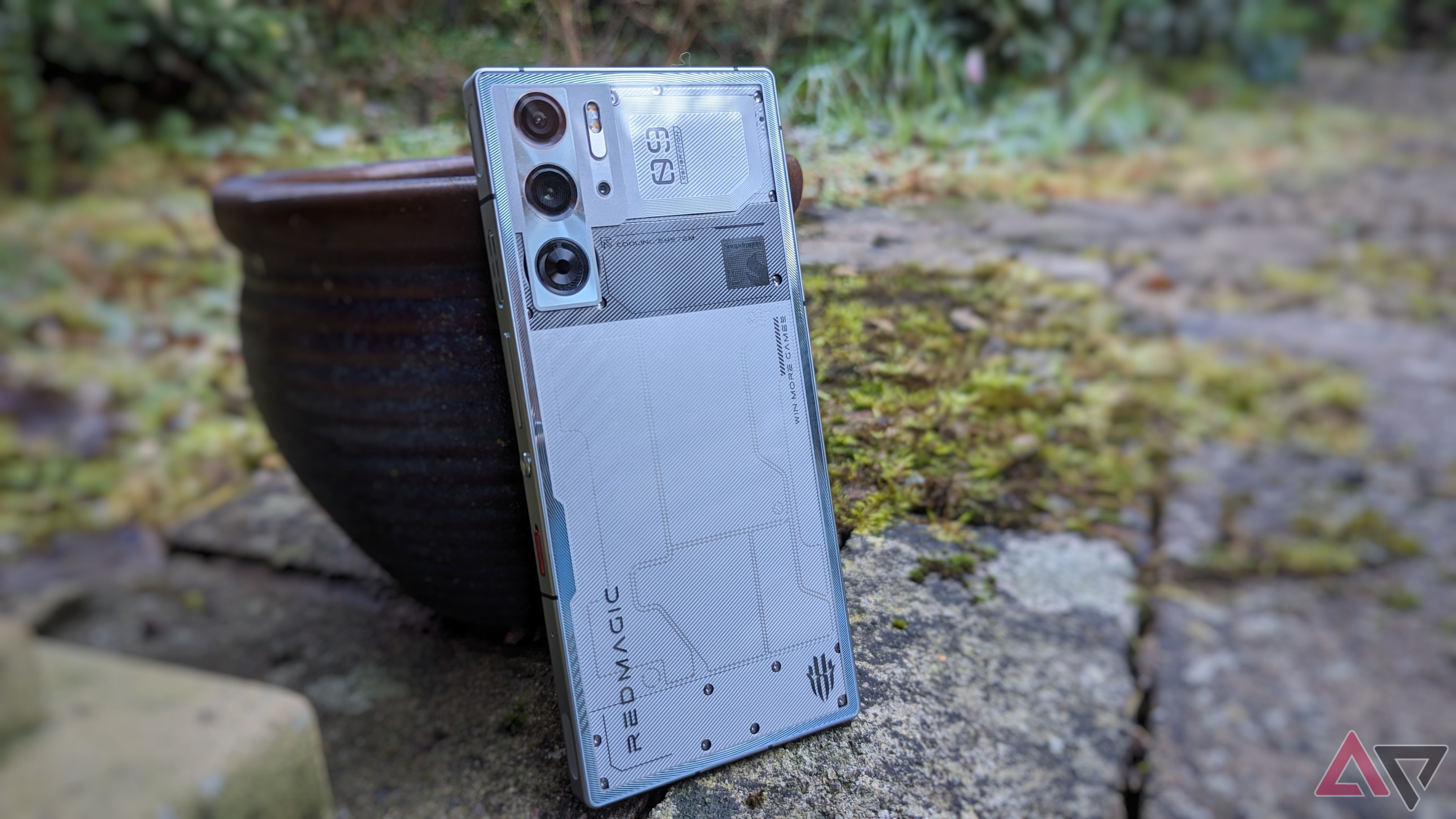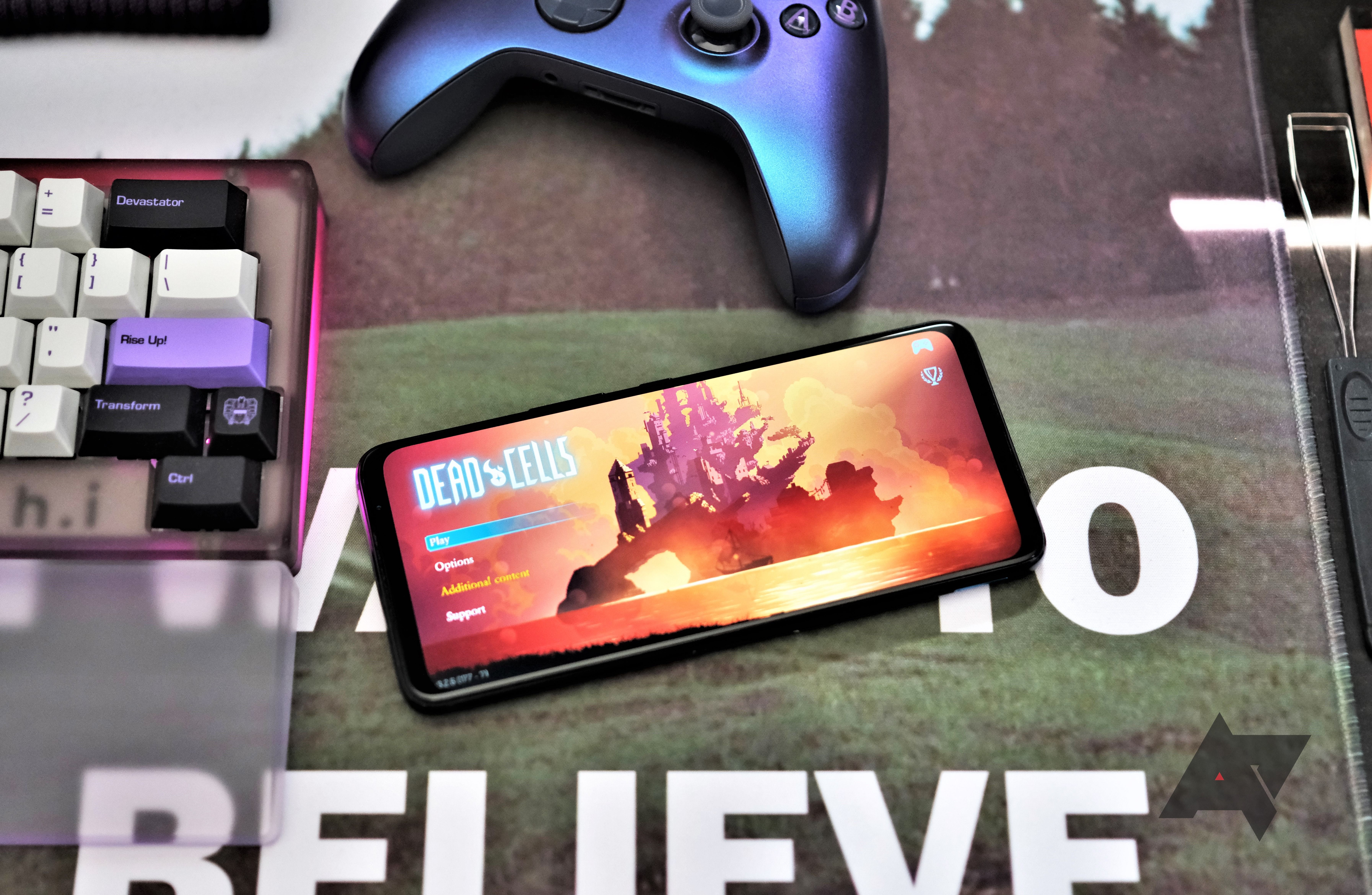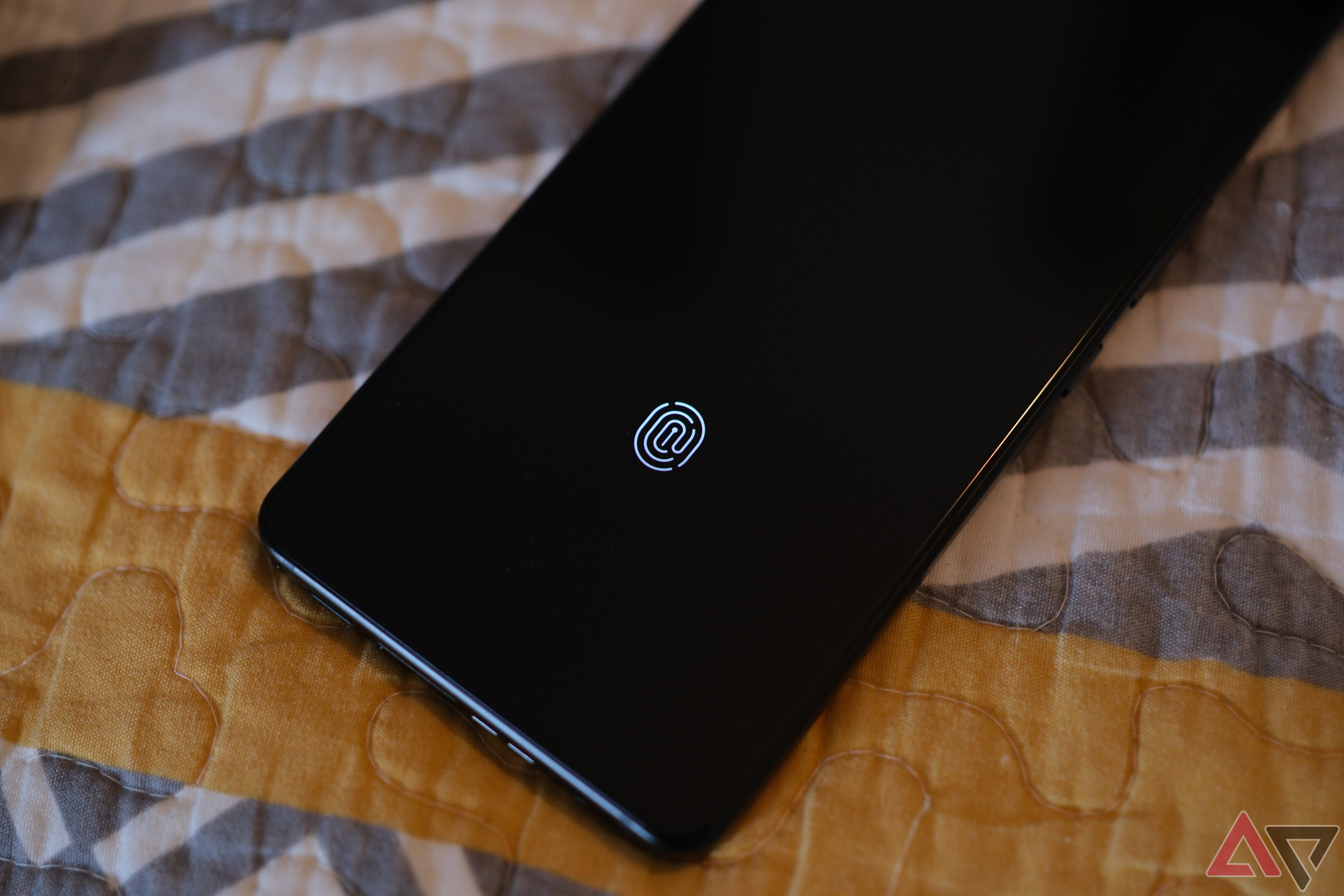Asus has been steadily manufacturing the best Android gaming phones for years now. All due to the fact it was making purpose-built devices, bucking trends found in other flagships by offering huge batteries, front-facing speakers, and a large full screen unencumbered by pinholes and notches. As of 2024, this is no longer the case with the ROG Phone 8 Pro launch. Perhaps spurred by the Zenfone’s success, Asus has seen fit to change the direction of the ROG Phone, now offering something more in line with your typical flagship.
However, if I wanted a bog-standard flagship, I have options from Google to Samsung. Both offer more support than Asus will ever muster, typically at better prices for similar hardware. Yet, for some reason, Asus has removed a few of the things that made the ROG Phone so uniquely compelling as a gaming device, more than likely to appeal to the mainstream phone buyer.
This feels like a mistake, but even though the new direction is one I disagree with, many of you may find this year’s changes to be a good thing that brings the ROG Phone more in line with the competition. So let’s dig in and get dirty; this year, more than any other, Asus is shaking things up with the arrival of the ROG Phone 8 Pro starting at $1200.
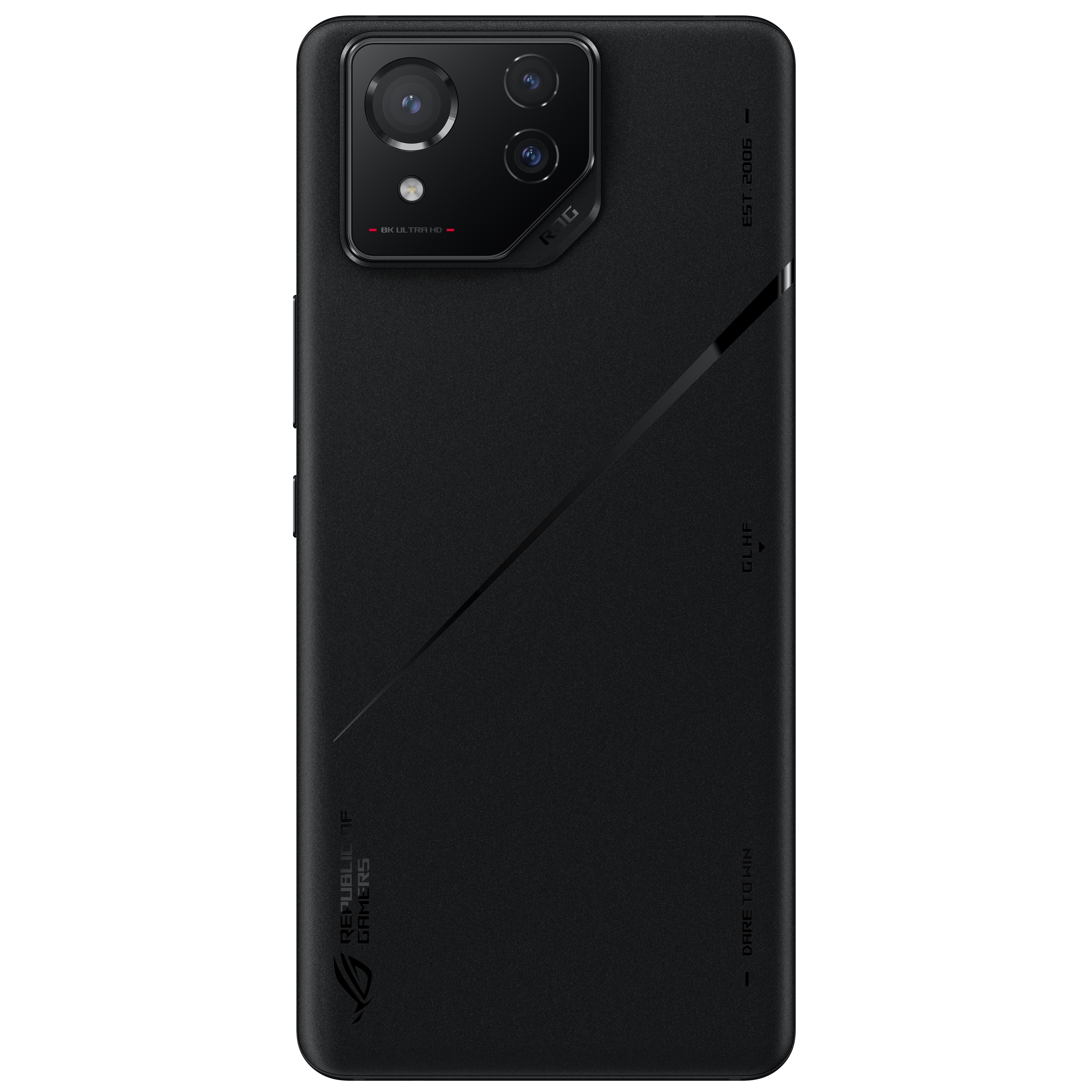
Asus ROG Phone 8 Pro
The Asus ROG Phone 8 Pro packs the best hardware, from the Snapdragon 8 Gen 3 running the device to its FHD OLED high framerate screen. It’s a powerhouse of a smartphone that’s capable of chewing through the most demanding mobile games, and it comes with a price to match, with the Pro models starting at $1200 and going all the way up to $1500 if you require 24GB RAM and 1TB storage.
- SoC
- Qualcomm Snapdragon 8 Gen 3
- RAM
- 16GB, or 24GB
- Storage
- 512MB, or TB
- Battery
- 5,500mAh
- Ports
- USB-C, 3.5mm headphone jack
- Operating System
- Android 14
- Front camera
- 32MP RGBW
- Rear camera
- 50MP f/1.9 main, 13MP f/2.2 free-form, 32MP f/2.4 telephoto
- Connectivity
- NFC
- Dimensions
- 163.8 x 76.8 x 8.9mm
- Colors
- Black
- Weight
- 225g
- Charge speed
- 65W
- IP Rating
- IP68
- Price
- $1200
- Stylus
- No
- Display dimensions
- 6.78-inch, 20:9
- Display resolution
- 2400 x 1080
- Charge options
- USB-C, Qi wireless 1.3
- SIM support
- Dual
- Cellular connectivity
- 5G SA&NSA, 4G FDD-LTE, 4G TDD-LTE, WCDMA
- Wi-Fi connectivity
- Wi-Fi 7 ready
- Bluetooth
- Bluetooth 5.3
- Thin for a gaming phone
- Great at playing demanding games
- Battery for days
- Headphone jack
- Cameras are the best they have been
- There is a hole in the screen of this gaming device
- Only one speaker faces the listener
- Off-center USB breaks 3rd party compatibility
- Plastic back is just as slippery as glass
- Top-heavy with a huge camera bump
Price, availability, and network
T-Mobile is your safest bet
With recent changes to the hardware, you’d think we could also expect a price change, but the ROG Phone remains prohibitively expensive. The ROG Phone 8 Pro specifically comes in two flavors: a $1200 version with 16GB of RAM and 512GB storage and a beefier model that packs 24GB RAM and 1TB of storage for $1500 (the model I’m reviewing). Availability will be through Asus, though, so far, we don’t have a release date beyond “the end of February.” It’s typical Asus, which makes the product feel rushed when the release date is a mystery as I’m reviewing it.
As for network availability, I have spent the last month testing the phone on T-Mobile in the US. So far, my data and calls have worked as expected; even VoLTE works, so I have no issues to report when it comes to call quality. Of course, your mileage may vary across the country.
Design
This year, we get an edge-to-edge screen, but it comes at a cost
To me, it’s clear Asus learned a few lessons from the Zenfone 10 and has brought them over to the ROG Phone line. This is great news for anyone wanting better cameras, a slimmer device, or a bezel-less screen. Sadly, if you prefer a dedicated gaming and media consumption experience that doesn’t compromise, compromises are the soup du jour this year.
To slim the bezels, we lose the dual front-facing speakers from previous devices (one of my favorite features), now with only the earpiece facing front, which means you’ll have to cup your right hand to reflect the bottom-firing speaker in your direction (something I absolutely hate). But the biggest change is the addition of a pinhole camera; a camera that used to sit comfortably in the bezel of previous devices is now within a hole in the screen, a screen for what is supposed to be a gaming device. I’m sorry, but this is an egregious mistake, a huge no-no in my book.
These changes might sound like small tweaks the competition has been offering for years, but that’s the point. I can get these features elsewhere, and what used to make the ROG Phone unique is now gone; it no longer puts our gaming and media experience first. Instead, we have a bezel-less screen, which is nice on a cosmetic level, but cosmetics aren’t what I buy gaming devices for.
Despite some of my favorite features biting the dust, the headphone jack luckily remains. Sadly, the off-center USB-C is still here, too, but so is the secondary USB-C on the side of the device that is handy for charging while playing games in portrait. What’s crazy is that the phone now offers an IP68 rating despite these open ports, but it’s a welcome addition all the same.
While the phone does look somewhat similar to years past, once you pick it up, you’ll immediately notice the back is no longer glass but plastic. I’d be happy with this change if the plastic wasn’t so slippery. One of my pet peeves from previous ROG Phones was that the glass back was as slippery as an eel, where the phone would slide off everything and anything (the uneven weight distribution caused by the camera bump sure doesn’t help.) This continues with the new plastic back, which seems crazy to me when the Zenfone offers such an awesome rear texture. So you’ll want to pick up a case, more than likely.
Of course, this is still a gaming phone, and Asus does not want you to forget it. So those cool pixel-like LED effects found on its laptops have made their way to the back of the ROG Phone. I like the look of it, and the best part is you aren’t forced to use the LEDs. You can toggle them on or off and even set what they show, from the local weather to your battery level. It’s a slick and useful feature, much better than pointless RGB. So not only is the game aesthetic toned down, but Asus has put its lighting to work.
Overall, we get a handful of good and bad design ideas with the ROG Phone 8 Pro. I find it to be a mixed bag in general, though I can say the device is pretty slim for what is on offer. And even I can admit the thinner bezels look good until you notice the hole in your edge-to-edge screen and the absence of dual front-facing speakers.
Display
Did anyone ask for a hole in the screen?
This year, we get a 6.78-inch screen that clocks in at a 20:9 ratio, similar to years past. It’s a high refresh rate screen that reaches up to 165Hz, and like in previous years, you can lock it at your preferred framerate. Throughout my testing, I locked the phone to 165Hz, and I did not notice any slowdown or dropped frames. While it’s only an FHD display at 2400×1080, things look crisp and colorful. And, if you want to keep gaming performance at its best, you won’t want to play games at 4K to begin with. There’s a reason PC handhelds mostly ship with FHD displays; anything more taxes the hardware too much for long-term gameplay.
I’ve already mentioned it, there is one problem with the screen; it has a hole in it. This may be common for other flagships, as notches and holes are the norm in Android land. But for me, someone who takes their gaming seriously, there is absolutely no way I’d ever buy a gaming device that contains a hole in the screen. While I’ll discuss Asus’s software workarounds in depth in the Software section below, point-blank, the solutions aren’t good enough and only result in even less screen space to use. And if there is one constant in all of my reviews, I have zero patience for content that doesn’t fill a screen correctly and in full.
I’m gobsmacked that Asus thinks gamers will want a gaming phone that starts at $1200 and has such a ridiculously needless flaw. Imagine if the Steam Deck, or even the ROG Ally, shipped with a hole in the screen. Nobody would take those devices seriously, which is why Asus doesn’t get a pass with the ROG Phone; a hole in the screen is an idiotic solution to a problem that doesn’t exist. Last I looked, all handheld gaming devices have bezels, so why is it suddenly an issue with the ROG Phone?
Software and performance
This is where Asus shines; the company knows gaming
Despite what you may think of Asus and its track record with its non-Android software, the company always does a surprisingly good job with its phones. You get to choose the overall theme; you aren’t forced to use Asus’s gamer aesthetic, so I always opt for the option to be as close to stock Android as possible. This isn’t a binary decision; you can choose which themes and settings you like more.
So, if you prefer Asus’s notification pulldown that offers the brightness slider under your shortcuts, you can turn that on while keeping everything else in stock. It’s an exceptional experience that I wish more manufacturers offered; I control how my phone is themed and operates.
Asus has also worked to ensure its gaming app Armory Crate is actually useful. You can use it as a game launcher, hiding all your games from the app drawer if you wish (I certainly do) while offering individual launch settings for those games, so you can boot them exactly how you want. You can also work around that dastardly hole in the screen by utilizing software to letterbox your games.
So you can choose your performance modes per game and decide how much of the screen is used per game. So, say you want Stardew Valley to launch fullscreen because the hole doesn’t interfere with any UI elements; you can do that. Then, you can set Genshin Impact to launch centered on the screen with letterboxing, thus removing any worry of the camera hole cutting off anything important. It’s a serviceable workaround if you don’t mind losing screen real estate, but the stickler I am can’t stand it and would never use it on a personal level.
It’s clear Asus has put a lot of thought behind Armory Crate, which shows its prowess in the PC gaming market isn’t going to be wasted. Not only can I easily record mobile games with internal sound, but I can also choose what resolution and framerate to use. I can also display a widget with a game’s specs, which is handy for troubleshooting and showcasing how games perform. The ROG Phone is still one of the most polished gaming phones on the market, and its software is a big part of that. I’m not keen to excuse workarounds for a hole in the screen; that’s just poor design.
When it comes to performance, there’s no doubt about it: the Snapdragon 8 Gen 3 is a powerhouse. Pair that with the 16GB or 24GB RAM in the ROG Phone 8 Pro, and you literally have one of the most powerful phones on the market. Benchmarks already show some big numbers, and I concur that nothing makes the phone buckle. You’ll be hard-pressed to find a game that makes this thing sweat, which is more a condemnation of the Google Play Store than anything. But that’s the thing: what do we need all this performance for when mobile games aren’t keeping up?
Still, Asus did a bang-up job delivering a phone that performs exceptionally well. And you don’t have to take my word for it; I’ve put it through its paces, and these are the results. As you can see, the phone is no slouch. Just keep in mind benchmarks aren’t always indicative of real-world use.
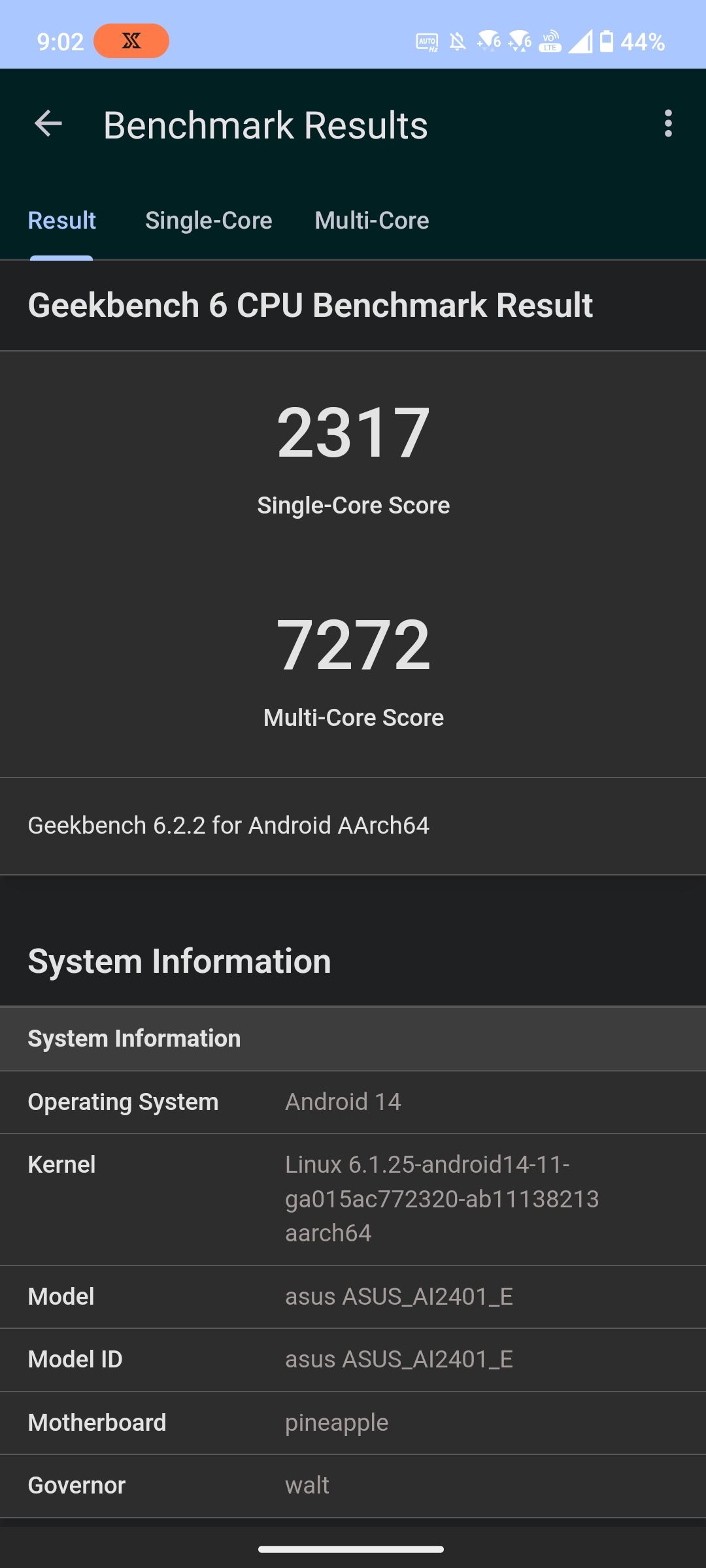

However, in my testing, I did run into a few bugs, but I’m unsure if that’s the fault of Google and Android 14 or Asus’s implementation so early in the year. I can say that I’ve had a few phone calls get stuck ringing, to the point the phone is frozen until I reboot. I’ve also had a couple of random reboots, and sometimes, these odd dots randomly appear near the pinhole camera. I’ve also found a few apps that aren’t supported, such as Netflix and Coinbase.
And like all Android phones I’ve ever tested, sometimes the on-screen fingerprint reader is slow or unresponsive. It’s nothing too crazy for a fresh phone running a fresh OS that I couldn’t solve with a reboot or two, but there are a few kinks to work out before the ROG Phone 8 Pro launches.
Battery life and charging
Nothing to worry about here, now with QI compatibility
The battery life for the ROG Phone is as exceptional as ever. I’m easily getting two full days of use before I need a recharge, and now you can even charge wirelessly over QI 1.3. The wireless charging is slower than the 65w you can expect to get over a USB cable when using the correct brick. Still, it’s an excellent convenience to have, especially when charging is needed so infrequently.
What’s nice is that there are two USB-C ports so that when you turn the phone landscape to play a game, you won’t have a cable sticking out of the side but underneath. There is even a passthrough option to power the device without charging, which cuts down on heat when it matters most, especially if you record demanding gameplay through the software screen recorder. It’s a convenient option I’ve used plenty of times in my years covering mobile games, and I’m glad to see the feature remains.
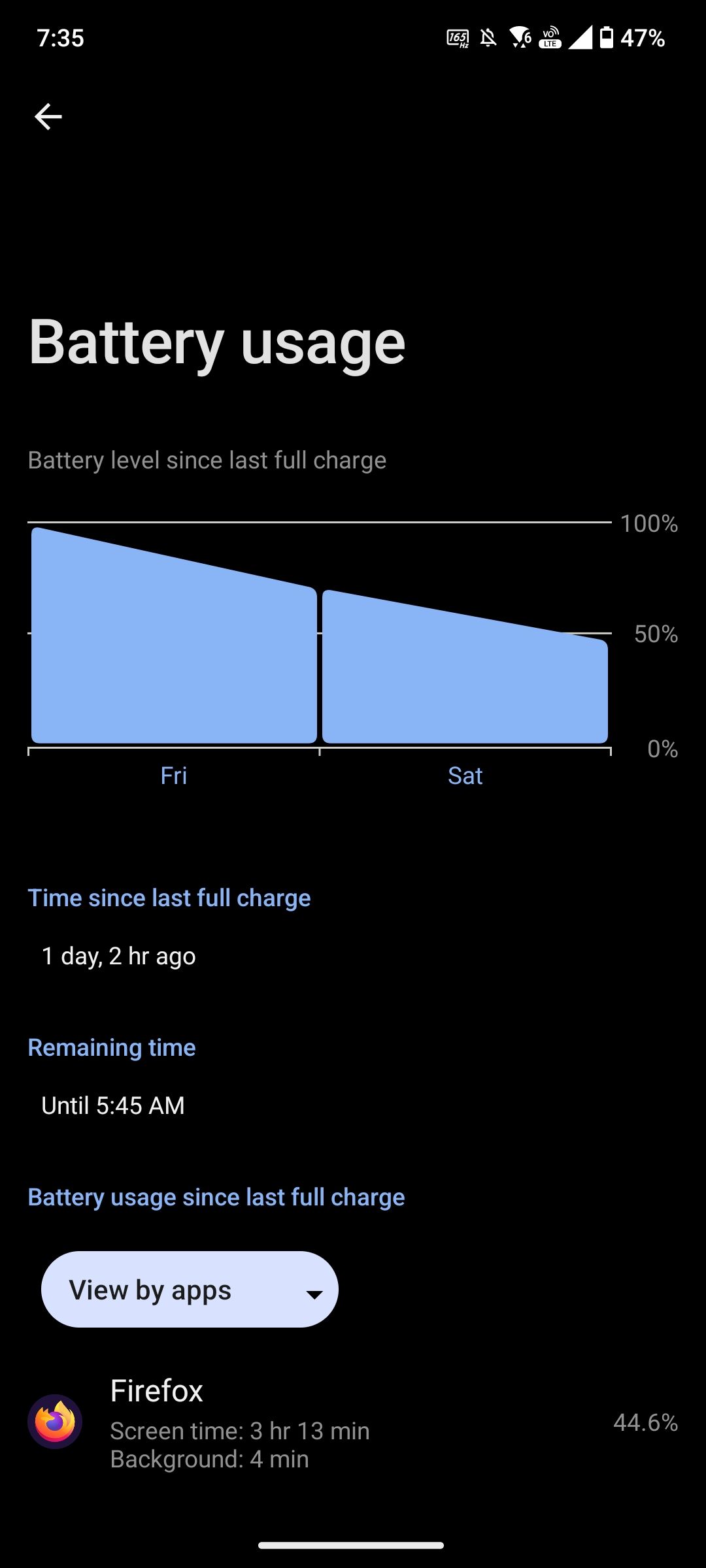
More or less, you can expect two days of use on a single charge, where you can easily recharge with the 65w charger within an hour. Large batteries are important for gaming, and Asus did not skimp by packing a 5,500mAh lipo on the phone.
Cameras
As good as the Zenfone, if not better
Another big change this year came with the cameras. Asus made significant strides with the Zenfone 10 last year, so the ROG Phone gets to see some of those improvements. The 50MP main sensor offers a similar 6-axis gimbal stabilizer, which, in my experience, works as promised, a boon for video recording if you have shaky hands. This means there is a moving part inside the phone that audibly rattles when shaken. Still, I’ll settle for a little bit of noise if it means I get reliable shots and videos in return, which I do.
You also get a 13MP ultrawide lens in the back bump and a 32MP telephoto with 3X optical zoom and OIS. Ultimately, it would seem Asus is finally serious about taking photos, to the point it has not only improved its hardware but its software, and so AI is in the mix to ensure shots turn out as good as they can be, something I expect to see from more manufacturers in the future as AI grows even more popular.
Even the selfie camera is on point, taking sharp photos whether in good lighting or poor. While I’m no fan of where the front cam is placed, it takes exceptional shots, so for many of you, the pinhole in the screen may be worth the sacrifice for the fine photos you get in return.
At the end of the day, this gaming phone takes photos I’m plenty pleased with, which you can see in the examples above and below. So, if photos are a major concern for you when considering which gaming phone to purchase, the ROG Phone beats the competition by a mile.
Competition
You have options, and they are all cheaper
When it comes to gaming phones, there aren’t many manufacturers as these are niche products. Redmagic is a company that is still going strong, releasing gaming phones yearly. With the recent launch of the Redmagic 9 Pro sporting similar specs to the ROG Phone 8 Pro at half the price, Remagic is very much in the running as a viable option. Nubia’s software isn’t as polished, and the support is lacking (where Asus has improved in recent years), but the price is certainly right at $650. Our review was positive, which is why it’s the top competitor for the ROG Phone.
Of course, if you have to get your hands on an ROG but aren’t looking to spend $1200, then the ROG Phone 7 should be on your radar. While it’s a generation behind, as I said in the performance section, few games will push the ROG Phone 8 Pro, which means the Snapdragon 8 Gen 2 in the ROG Phone 7 is plenty viable for your gaming needs, all while getting your hands on the polish Asus offers at a lower price.
Should you buy it?
I hate to say it, but I can’t recommend the ROG Phone 8 Pro for most gamers. I can’t get past the pinhole in the screen; it’s unacceptable for a gaming device. But plenty of you may disagree, and you are in the market for this phone, which means you may enjoy it as it’s a killer device otherwise. The price is high, but you get what you pay for, and with the improved cameras, the ROG Phone can finally stand up to Samsung and Google. You won’t get seven years of support like those two, but at least you won’t have to compromise on camera quality if you choose to go with Asus.
On the other hand, if you are similar to me and demand purpose-built gaming devices, especially when playing mobile games, the improved cameras won’t mean much when you lose the dual front-facing speakers and gain a hole in the screen. Sure, the bezels are as slim as ever, but look what we had to give up to get them, and what purpose do they serve other than making the phone look nicer? Cosmetics are less important than core hardware like screens, something you’d think Asus, of all companies, would know, seeing how deep it is in the PC gaming scene. Let’s see if the follow-up of the ROG Ally will offer a hole in the screen because, somehow, I doubt it.
So, if you ever wished your incredibly expensive ROG Phone was more like the Zenfone, your wish is granted this year, and you’ll enjoy the ROG Phone more than ever. For the rest of us, we lose out on features that improve the gaming and media consumption experience, so Asus can say it has an edge-to-edge screen in its marketing. Perhaps Asus should put its customers first instead of marketing, and because of that, I’m having a hard time recommending the ROG Phone 8 Pro when the price remains as high as it is. If I’m expected to make compromises on features, I expect a compromise on price in return.

Asus ROG Phone 8 Pro
The Asus ROG Phone 8 Pro is more in line with standard flagship smartphones this year, offering improved cameras and an edge-to-edge screen. However, this comes at the cost of an unencumbered screen and front-facing speakers. Choosing to pick up a ROG Phone in 2024 is more challenging than in recent years.
Source link

